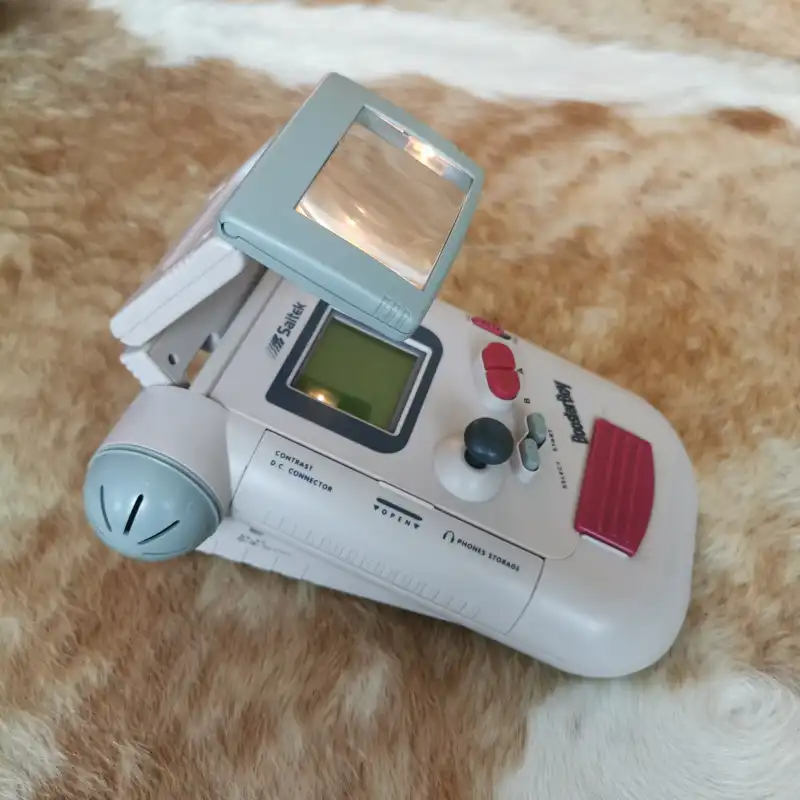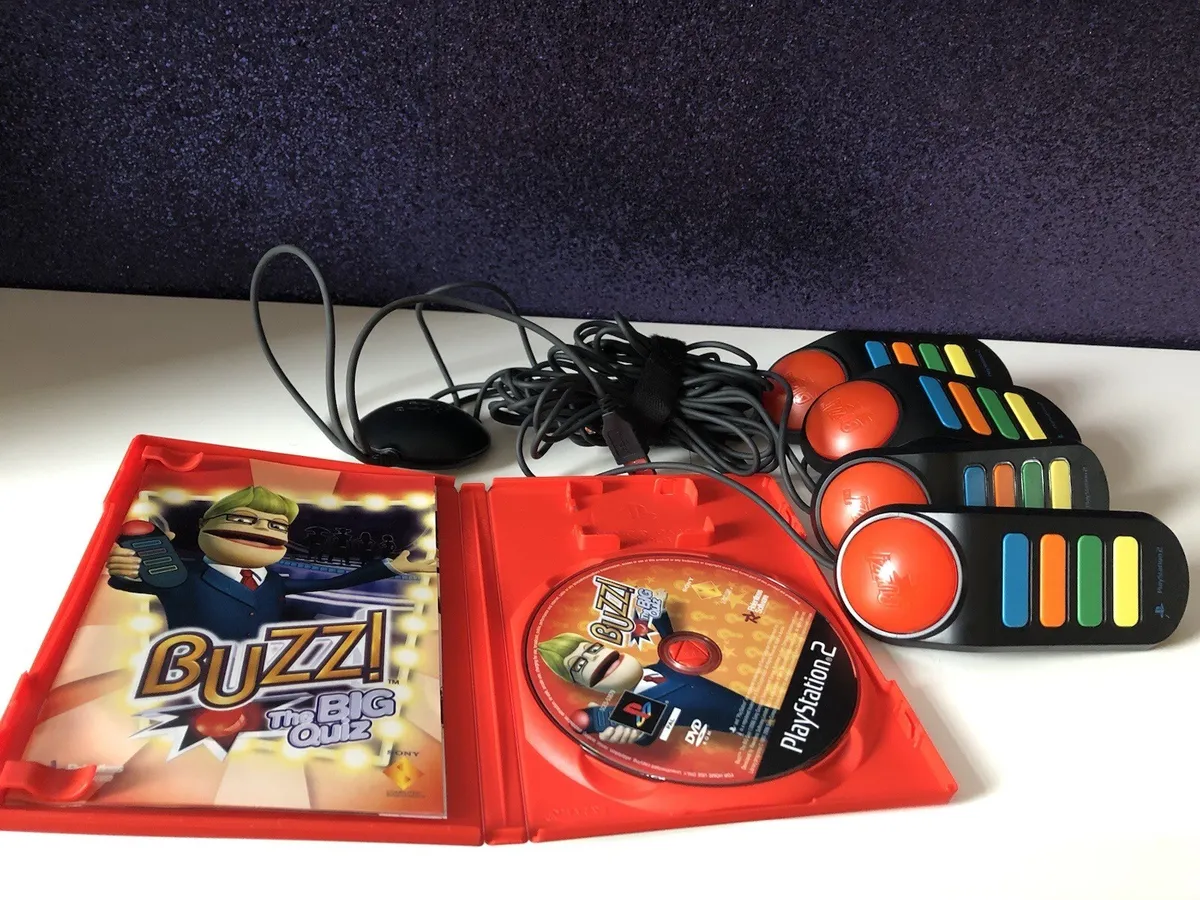15 Video Game Accessories That Have Been Forgotten
Video games have come a long way since the 80s and with them a plethora of accessories that enhanced the gaming experience. Some accessories became iconic like the light gun and the Power Glove while others faded into obscurity. In this article we will explore 15 forgotten video game accessories that may have slipped under your radar.
Atari 2600 Stick Station (1983): A Comedic Attempt to Stabilize Joysticks

In the early days of the Atari 2600 players would sometimes find themselves struggling to keep the joystick stationary in their hands. In an attempt to solve this problem Atari released the Stick Station—an oversized plank that held the joystick in place.
While it seemed like a logical solution it quickly became apparent that suction cups on the controllers were a much simpler and more effective solution. The Stick Station didn't stick around for long and was soon replaced by the Speedboard for the NES which unfortunately made controlling games feel worse.
Exciting Boxing’s Inflatable Controller (1987): Punch Your Way to Victory
In 1987 Konami released Exciting Boxing for the Famicom a unique boxing game that required a special controller. Instead of using a regular controller players had to use an inflatable punching bag with a boxer's image on it.
By punching the bag their hits would be registered in the game. It combined elements of Punch-Out! and Duck Hunt creating a truly immersive experience. While limited to Exciting Boxing this rare accessory fetches a high price among collectors.
SegaScope 3D Glasses (1987): Experience 3D Gaming
The Sega Master System introduced 3D gaming with the SegaScope 3D Glasses. These glasses unlike the cardboard versions plugged into the console and used flickering lenses to create a 3D effect. While it achieved the desired effect it also decreased the frame rate of the games.
The glasses were only compatible with the original version of the Master System and worked with a limited number of games. The Famicom tried its version called the Famicom 3D System but it was not successful outside of Japan.
LJN Roll ‘n Rocker (1989): A Teetering Platform
The Roll 'n Rocker was an interesting attempt at a new gaming experience albeit an imperfect one. It featured a teetering platform that players had to tilt in different directions to control the game.
However the accessory only worked for directional inputs as players still needed a controller for other functions. The Roll 'n Rocker proved to make games harder rather than enhancing the gameplay with players often struggling to balance on the platform.
Game Gear TV Tuner (1991): Watch TV on the Go
The Sega Game Gear known for its color display had a unique accessory that allowed users to watch TV on the handheld console. This attachment was revolutionary at a time when portable TVs were still rare. However the TV tuner significantly decreased the battery life of the Game Gear limiting the practicality of this feature. Nevertheless it remains an interesting piece of gaming history.
Aladdin Deck Enhancer (1992): Promising Enhancement for NES Games
The Aladdin Deck Enhancer promised to enhance 8-bit NES games and bring them up to the level of 16-bit games. However it turned out to be a case of false advertising as it never lived up to its claims.
The concept behind the Aladdin was intriguing as it aimed to reduce cartridge manufacturing costs by storing the necessary components in the device itself. This innovation would have allowed game cartridges to be sold at a more affordable price. Unfortunately the project was shelved due to company issues leaving the Aladdin as a forgotten accessory.
SN/SG ProgramPad (1993): Master Your Fighting Game Moves
The SN/SG ProgramPad was a controller designed for 16-bit consoles that catered specifically to fighting game enthusiasts. It featured an LCD screen that allowed players to input sequences of button presses and execute complex moves with ease.
This feature was particularly useful for executing special moves in games like Street Fighter II and Mortal Kombat. The ProgramPad gave players the ability to program and combine button inputs providing an advantage in competitive gaming.
Saitek’s Booster Boy (1993): The Game Boy’s Hulkbuster Armor
The Booster Boy was an ambitious accessory for the Game Boy that aimed to enhance the gaming experience. It featured a bulky case that added larger buttons a retractable magnifying glass a flashlight speakers and a compartment for storing extra games.

While it certainly changed the way players interacted with the classic Game Boy it was far from portable and didn't fit comfortably in pockets. The Booster Boy was a niche accessory that catered to individuals willing to sacrifice portability for an enhanced gameplay experience.
Capcom Pad Soldier (1993): A Controller for Fighting Game Enthusiasts
During the early days of fighting games controllers struggled to keep up with the rapidly evolving genre. Capcom instead of releasing an arcade stick introduced the Capcom Pad Soldier. This unique controller featured a handle on the left side with the D-pad select and start buttons conveniently placed on top.
The main six buttons were grouped making it easier for players to execute combos and special moves. Although the concept was intriguing the small size of the controller made it less comfortable and practical for intense gaming sessions.
Aura Interactor (1994): Feel the Impact of Your Virtual World
The Aura Interactor was a backpack-style accessory compatible with the SNES and Genesis consoles. Its purpose was to enhance the gaming experience by providing haptic feedback whenever the player's character took damage. While it offered the sensation of feeling impact during gameplay it couldn't differentiate between different types of attacks. Whether a player was punching or getting punched the feedback was the same. Unfortunately the Aura Interactor's hefty price tag of $100 limited its impact on the gaming market.
Sony Glasstron (1996): A Glimpse into Immersive Gaming
The Sony Glasstron can be seen as a precursor to modern virtual reality technology. It featured a visor that allowed players to view the game directly through their eyes creating a more immersive experience. While it lacked the advanced features of current VR headsets it opened up possibilities for future innovations in gaming.
Game Boy Pocket Sonar (1998)
At first I considered lumping together various fishing controllers from the Nintendo 64 Switch and Dreamcast. But the Game Boy Pocket Sonar stands out in its quirky league. Unlike its counterparts designed for virtual angling this gadget equipped with an actual sonar attachment was crafted to locate real fish in the great outdoors.
Exclusively released in Japan by Bandai the Pocket Sonar wasn't just a fishing aid; it boasted a built-in fish encyclopedia and even a fishing game just in case you fancied gaming on your Game Boy during your angling adventures.
Steel Battalion Controller (2002)
Steel Battalion initially launched for the original Xbox was more than just a gritty mech pilot simulator. Its standout feature was the colossal custom-made controller a veritable command center featuring two joysticks 35 buttons and three pedals. Capcom went above and beyond crafting an immersive battle station for mech enthusiasts.
Securing this behemoth of a controller along with the original Xbox to run it is akin to a gamer's holy grail. The lack of backward compatibility with the Xbox 360 only adds to its elusive allure. Although the Xbox 360 introduced a sequel Steel Battalion: Heavy Armor the Kinect-based gameplay couldn't capture the original's immersive depth.
Wii Cooking Mother Kit (2004)
The Wii era was ripe with inventive peripherals each aiming to deepen the gaming experience. Unlike the standalone Guitar Hero guitar or the Wii Mario Kart's motion-controlled steering wheel the Wii Cooking Mother Kit for Cooking Mama was a culinary multi-tool.
This chunky plastic contraption complete with a frying pan knife fork and spatula promises to spice up your virtual cooking sessions. Despite its ambition the Cooking Mother Kit received mixed reviews criticized for its bulkiness and questionable necessity.
Buzz! Buzzers (2005)

In the realm of gaming peripherals the Buzz! Buzzers are a curious case. These controllers are central to the Buzz! quiz series offered players the simple pleasure of slamming a big button. Over five years the series flooded the PlayStation 2 and PlayStation 3 markets with numerous editions each accompanied by four buzzer controllers to enhance the game show vibe.
The buzzers weren't exclusive to the Buzz! series; they also found their way into other quiz games like Who Wants to be a Millionaire: Party Edition and Disney Think Fast adding a tactile dimension to the virtual quiz experience.
These forgotten video game accessories serve as a reminder of the ever-evolving nature of the gaming industry. While some accessories may not have stood the test of time they played a significant role in shaping the gaming experiences we enjoy today.
